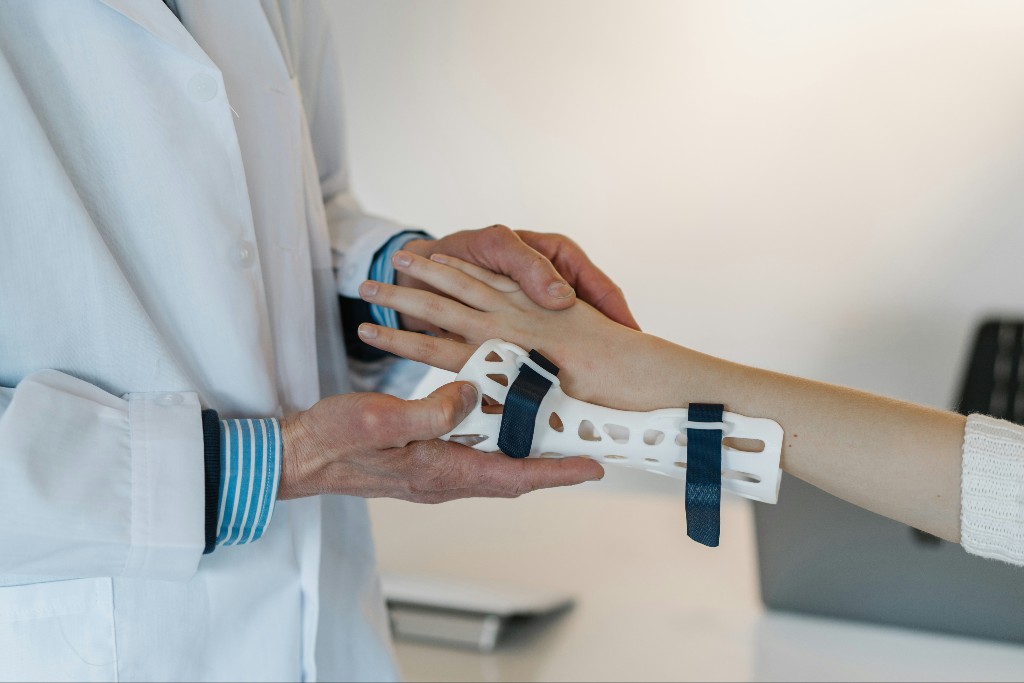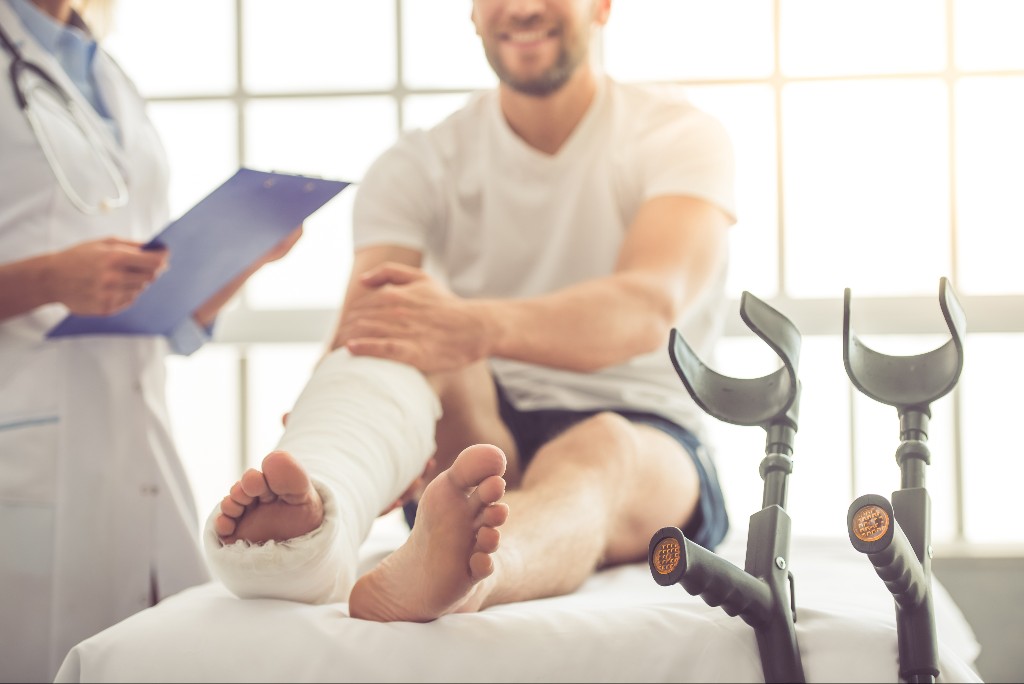While Repetitive Strain Injury can refer to any pain caused by overuse and repeated movements, in recent years the condition has become more commonly associated with pain caused by the constant use of a computer or other technology. With alternate names like occupational overuse syndrome, work-related upper limb disorder, or carpal tunnel, RSI today is usually associated with injuries that occur over time due to repeated activities like typing. This can make it difficult to deal with as most people are now required to use a phone or computer for work, but the good news is an orthopedic specialist will be able to help. Read on to learn more about this condition, treatment options, and how to prevent it from occurring in the first place.
Recognizing Repetitive Strain Injury
While anyone can fall victim to RSI, there are a number of behaviors and lifestyles that are considered common risk factors. In short, anything that requires you to make the same motions repeatedly and keep the same posture for extended periods of time can be considered a cause. This may simply mean hunching over a desk, but it can also be postures that are abnormal, like holding your hands over your head or carrying heavy objects. Those with previous injuries or sedentary lifestyles can also be at higher risk. While people with desk jobs often fall into this category, the range of occupations that commonly lead to RSI is longer, including dental hygienists, chefs, bus drivers, and musicians.
It is most common for symptoms of RSI to appear in the upper body, including the wrists, hands, elbows, forearms, shoulders, and neck, though other body parts can be affected in some cases. Common symptoms include wrist pain or pain in the affected area, tenderness and cramping in the strained area, as well as potential tingling or stiffness. For most, you may begin noticing symptoms only when participating in the repetitive motion, but over time the symptoms can become more constant. As this happens, you may begin experiencing swelling or a feeling of weakness in addition to other symptoms.
If you begin to notice signs of RSI, take immediate action by finding ways to modify your daily tasks and take consistent breaks. It is also important to visit an orthopedic specialist who can help identify any injuries and create treatment plans.
How Repetitive Strain Injury Is Treated
When you visit a doctor about possible RSI, they will likely begin with a physical exam that includes a variety of range of motion tests, checking for tenderness, inflammation, strength, and reflexes in the symptomatic area. In some cases, your doctor may also order MRI or ultrasound imaging to assess tissue damage.
When RSI is caught early, the most effective treatment is to identify the cause and begin making modifications that make the task less painful for the long-term. Some activities may be stopped altogether, but this is not always possible when the activity is work-related. Your employer has the legal obligation to help prevent work-related RSI, so you may be able to speak with your manager or a workplace advocate to implement the necessary changes.
An orthopedic specialist may offer a variety of measures to relieve pain and other symptoms, depending on the severity of the condition. Common remedies include hot and cold packs, elastic support, steroid injections, and short courses of ibuprofen for pain relief. You may be asked to perform a series of exercises that help strengthen the area and counteract the daily strain. In addition to these, you may be sent to work with a physical therapist on adjustments to your posture and positioning and to learn less stressful ways to complete your daily activities. When a case is severe or has gone untreated, surgery may be necessary.
Prevent Repetitive Strain Injuries Early
As with any injuries, it is better to prevent them from happening than treat them after the fact. If you sit at a desk often, there are a number of ways to optimize your space to prevent these issues from occurring. The key is to sit up straight and don’t slouch- you may even want to set times on your phone to remember to check your posture, or get up and walk around.
You can also set up your workstation in a way that promotes good posture and comfort. A chair that supports your lower back is helpful, especially as you should keep your feet on the floor. A desk that can be set up as a standing desk also encourages you to stand more, and no matter the height your monitor should be at eye level.
Whether you are suffering from RSI symptoms or want to work with an orthopedic specialist to prevent it from happening, AICA Orthopedics can help. Our multidisciplinary team of experts can offer guidance and stop these issues from becoming chronic!





